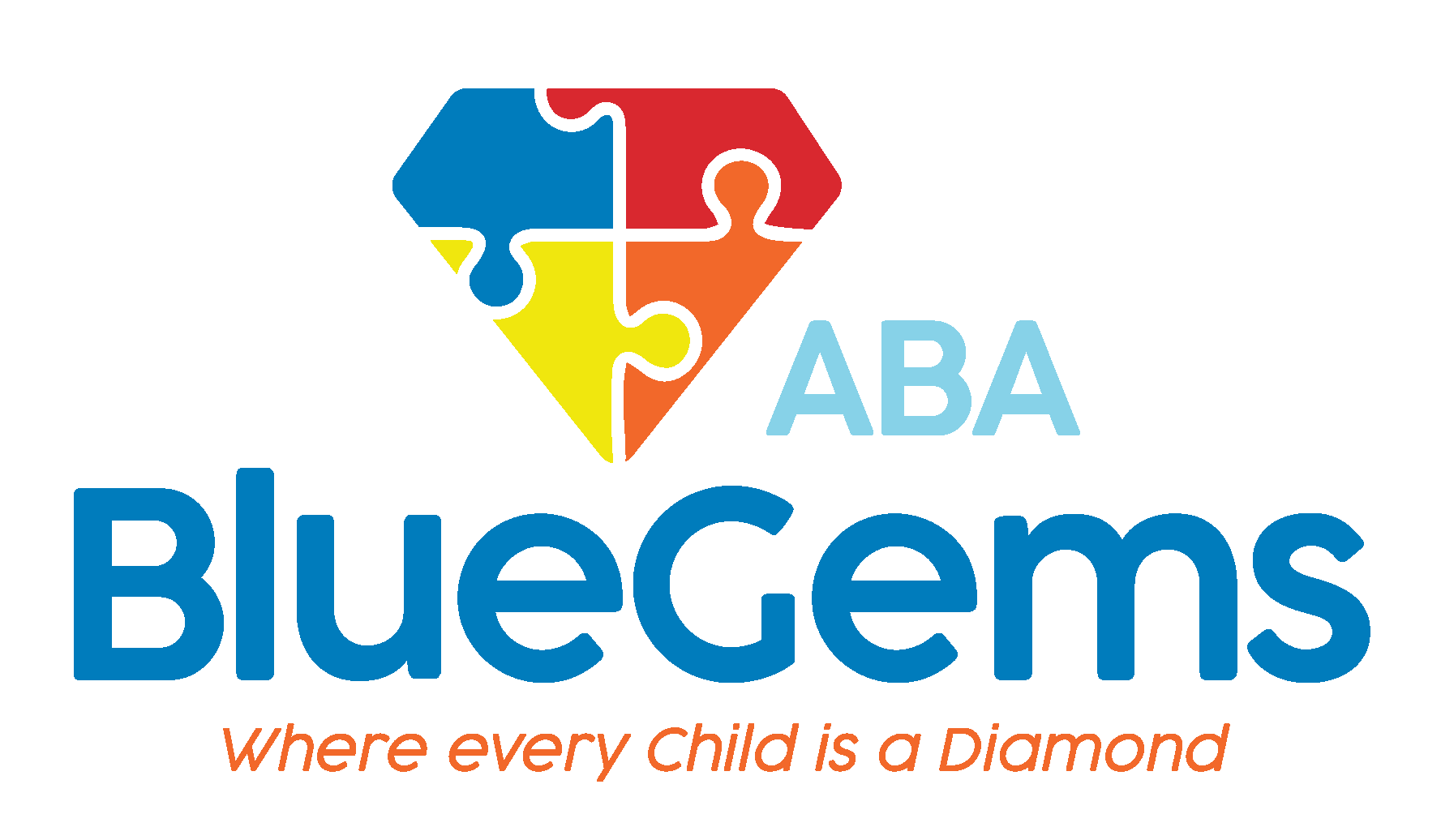ABA for Independent Grocery Shopping
Applied behavior analysis, or ABA therapy, can empower individuals with autism spectrum disorder (ASD) to live as independently as possible. The science-based approach to learning and behavior is considered the gold standard treatment option for people on the autism spectrum because it helps them gain skills and modify behaviors that foster independence.
While ABA therapy is commonly known to build communication and social interaction skills in young children with autism, it also can do wonders for helping individuals on the autism spectrum acquire skills that are essential to everyday life.
One such skill is independent grocery shopping. By following ABA principles and integrating targeted strategies into a set plan, therapists can help their patients build these skills and navigate real-world responsibilities.
In this article, we’ll discuss how ABA therapy can do that.
Table Of Contents
What Basic Skills Are Needed for Independent Grocery Shopping?
It’s first important to understand some of the basic skills that are needed for a person to go grocery shopping independently, as some of these present unique challenges for individuals with autism.
First, a person must be able to prepare a grocery shopping list of items they need, possibly checking available sales and coupons in flyers or digital apps. They then must plan out their budget to ensure they have enough money for what they want to purchase, and have an available form of payment with them.

Next, they must travel to the grocery store, either by getting a ride, taking public transportation, walking or driving. Once there, they must navigate through the aisles to find the items on their list.
Finally, they must head to the check-out aisle, have their items scanned, pay for their items and take them back home.
In and of themselves, these skills aren’t necessarily complicated, though they certainly take exposure and practice to master.
For individuals with autism, though, some of these skills provide additional hurdles.
They may struggle with communication and social interaction, which could make it hard for them to ask questions of people who work there, or understand some of the social norms of a grocery store. They may face sensory sensitivities, with loud sounds, bright lights and certain smells causing them to become easily overwhelmed.
So, when teaching individuals with ASD the skills needed for independent grocery shopping, an ABA therapist must also consider these additional challenges.
| Strategy | What It Is | How It Helps With Grocery Shopping | Example In Context |
|---|---|---|---|
| Prompting | Providing supports (verbal, gestural, or physical) that guide the learner to the correct response, then fading prompts as independence grows. | Reduces errors and anxiety while new routines are acquired; ensures success early on and builds confidence. | Therapist points to the produce sign (gestural prompt) and offers a brief verbal cue: “Find apples.” Prompts are faded across trips. |
| Task Analysis | Breaking a complex routine into small, teachable steps and teaching them in sequence (forward, backward, or total-task). | Clarifies expectations and makes progress measurable; supports mastery of each micro-skill needed for shopping. | Steps include: make list → check budget → travel to store → navigate aisles → select items → pay → return home. |
| Visual Supports | Using pictures, icons, checklists, or schedules to show steps, choices, and expectations. | Reduces working-memory load and supports comprehension in stimulating environments. | A picture-based shopping list on a phone or laminated card; a simple aisle map with icons for dairy, produce, bakery. |
| Role Play & In‑Clinic Rehearsal | Practicing likely scenarios in a controlled setting to prepare for community practice. | Builds fluency and reduces anxiety before entering the real store environment. | Practice scripts such as “Excuse me, where is the rice?” or navigating a crowded aisle with a cart. |
| Community‑Based Instruction | Teaching skills in the natural environment with real stimuli and contingencies. | Promotes generalization and maintenance of skills outside therapy. | Therapist accompanies the individual to the store, fading presence and support across trips. |
| Positive Reinforcement | Delivering preferred items, activities, tokens, or specific praise following correct or independent responses. | Increases motivation and persistence; pairs the shopping routine with positive outcomes. | Earn a token for each completed aisle; exchange tokens for time with a preferred activity after the trip. |
| Modeling | Demonstrating the target behavior so the learner can imitate it. | Clarifies expectations quickly and supports accurate performance. | Therapist models scanning shelf labels for unit price, then the learner imitates on the next item. |
| Errorless Learning | Structuring teaching so the first response is likely correct (high prompts early) and gradually fading assistance. | Prevents practicing errors and builds strong stimulus control for each step. | Start with a fully guided checkout sequence, then fade to verbal cues, then independence. |
| Self‑Monitoring & Checklists | Learner tracks completion of steps or behaviors using a simple tally, checklist, or timer. | Builds independence and reduces need for adult prompts. | A two-column list: “Find item” ✓ and “Add to cart” ✓; learner checks boxes without prompts. |
| Sensory & Antecedent Supports | Adjusting the environment or routine before behavior occurs to reduce triggers and support regulation. | Helps manage loud sounds, bright lights, or crowded aisles that can overwhelm. | Shop during quieter hours; use noise‑dampening headphones; plan short trips with breaks as needed. |
How Does ABA Therapy Teach Independent Grocery Shopping?
Once the basic and general skills and behaviors have been addressed and mastered — things such as planning a list, traveling to and from the store, and managing emotions and sensitivities — the grocery shopping-specific skills can be taught.
Even though the target skills here will be different, the approach by the ABA therapy team will likely be the same, or at least very similar. That’s one of the hallmarks of ABA therapy, in fact, as a consistent approach helps to ensure it’s effective.
Depending on the patient’s unique strengths, challenges and preferences, therapists may follow strategies such as prompting and task analysis to teach grocery shopping skills. In many cases, this will involve breaking down complex tasks into smaller and more manageable steps so it’s easier for individuals to grasp.
Therapists may also use visual aids to provide additional support and/or prompting to their patients. This could include charts and guides that have pictures, all of which makes understanding easier.
As the individual begins to build the skills in the therapy setting, they can start to work on generalizing the skills so the patient can apply them in real-world settings. To do this, the therapist may role play different scenarios in a therapy setting and even accompany the individual to the grocery store to help support them in the actual setting.
Another key component of the ABA therapy plan as it relates to independent grocery shopping is integrating positive reinforcement. This may come in the form of extra praise, time with a preferred activity or item, or a token.
These rewards are given at appropriate times as the individual successfully attempts the different skills, and serves as a way to keep them engaged and motivated.
Blue Gems ABA Helps Individuals with Autism Build Life Skills
Grocery shopping is an essential life skill that people must build to live independently. While individuals with ASD may face additional challenges to doing so, they can be taught the basic skills and behaviors necessary through ABA therapy.
At Blue Gems ABA, our team of experienced therapists can build specific ABA therapy treatment plans that target the skills individuals with autism need for independent grocery shopping. We personalize all our treatment plans to each individual’s unique strengths, challenges and preferences so that they are more effective.
To learn more, please contact us today.




